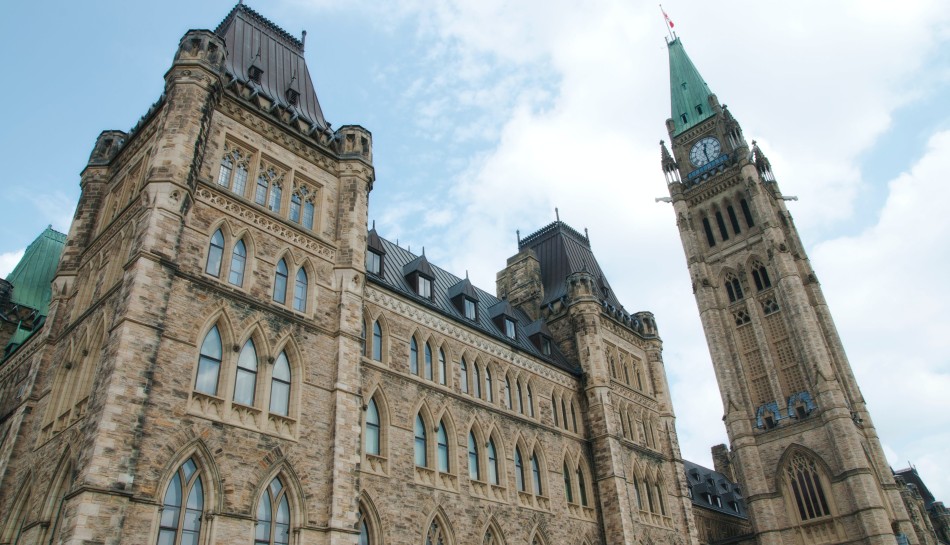Canada’s Immigration Minister Marc Miller will announce plans to improve Canada’s immigration system today.
Note: This is a developing story. CIC News will update it following Minister Miller’s announcement at 1:15 PM Eastern Time.
Immigration, Refugees and Citizenship Canada (IRCC) has released a media advisory stating the minister will “unveil the Strategic Immigration Review report and the plan to improve Canada’s immigration system” beginning at 1:15 PM Eastern Time today.
Earlier this year, IRCC commissioned a report from former immigration Deputy Minister Neil Yeates to evaluate IRCC’s current structure and if it is effective in helping IRCC achieve its mandate. As a former Deputy Minister, Yeates was at one time the most senior civil servant in the department and knowledgeable about how IRCC is managed.
Yeates’ report contained several recommendations related to reorganizing the department to a business line-based structure, reforming the governance system, introducing a stronger system for planning, and reporting and developing a supportive culture within IRCC.
Current Deputy Minister Christiane Fox was interviewed by journalist Paul Wells about the report and said that starting in June 2023 she began to gradually make changes within the department.
She said IRCC is following some of the recommendations. For example, it is now being organized across lines of business. This means IRCC employees will be divided across the various clients that the department services and in such a way as to be more responsive to world events.
Further, a recent audit from Canada’s Office of the Auditor General (OAG) found that in 2022, IRCC’s backlog of permanent resident applications was not acceptable and made recommendations to process applications more effectively to stay within service standards.
These recommendations included reviewing service standards (the amount of time IRCC says an application should take to process) and adjusting the workload in regional offices.
Immigration Levels Plan to be released by November 1
Today's announcement is ahead of the unveiling of the Immigration Levels Plan 2024-2026.
The plan is released on or by November 1st each non-election year and outlines the number of permanent residents that Canada aims to admit over the next three years from across all lines classes and further breaks it down by program.
Minister Miller recently told the Standing Committee on Citizenship and Immigration that he believes Canada’s high immigration targets need to be maintained. This means IRCC will likely continue to have a large workload while undergoing structural changes.
Source: cicnews.com
















